
Is Facebook still the king of social media? In terms of sheer traffic Facebook may still have a sizable lead, but businesses are finding it may not be the best platform for their marketing. In fact, a report by L2 and Olapic shows brands are starting to invest more effort elsewhere.
Brands are now posting more content to Instagram than they are on Facebook, most likely due to the continuously declining organic reach for brands on the big F.
The signs of Facebook’s downfall as the primary place for social media marketing have been around for quite some time. As organic reach started to fall, brands began migrating to other social networks and cutting back on their organic efforts on the site in favor of paid advertising.
Facebook’s paid advertising platform allows brands to get even more reach than they had developed organically, but at the sake of organic reach. In comparison, Instagram is (for now) almost entirely based on organic content.
Instagram may not stay the most popular platform for branded content for long, either. The Facebook-owned social image sharing platform has already implemented some advertising options and have publicly announced plans to expand paid advertising on the site. Nonetheless, most brand activity on the site is currently organic.
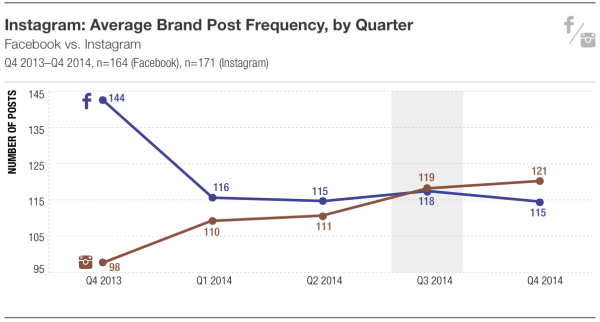
The L2 report found the 250 participating brands posted an average of 9.3 times per week on Instagram compared to 8.8 times on Facebook in Q4 of last year. Compared to the same time period in 2013, Facebook was down from 11.1 a week, while Instagram boosted itself by nearly two full posts a week.
Other notable findings from the report included:
- The auto industry, led by luxury brands like BMX, Mercedes-Benz, Audi and Porsche, outperformed all categories (Beauty, Consumers Electronics, Travel, Watches & Jewelry, Fashion, Sportswear, Retail, Drinks) with a 1.52% per post engagement rate on Instagram. Drinks — Stella Artois, Jack Daniels, Belvedere, Pabst Blue Ribbon — was second at 1.32%.
- Of the top 200 highest performing posts, 65% prominently featured a product, 43% included general lifestyle photography and 29% included a brand ambassador or other influencer.
- Hyperlapse has lapsed with only 75 — or only 2.4% of brand videos posted since August — brand posts using the time-lapse video app. Brand Hyperlapse activity has fallen off steeply since September and the engagement rate on the videos is 0.69 percent, slightly less than conventional Instagram videos.
- Photo posts drive higher engagement that video, 1.03% to 0.79%. Videos attract more comments, but photos draw significantly more likes.




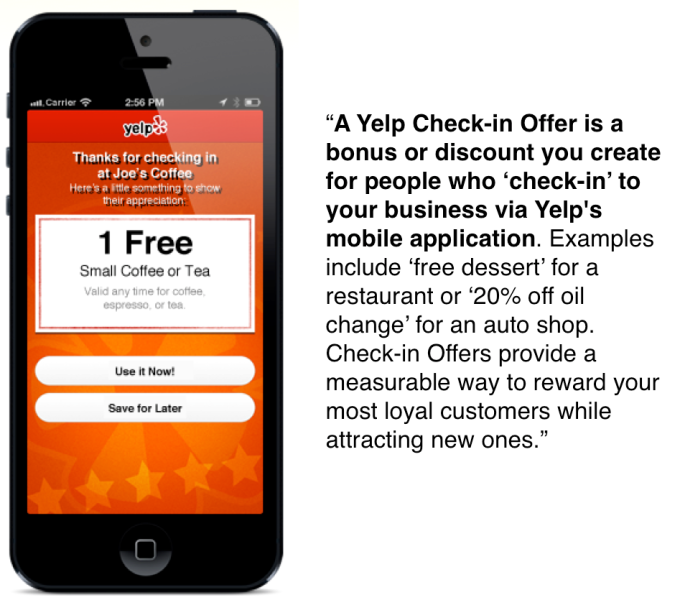
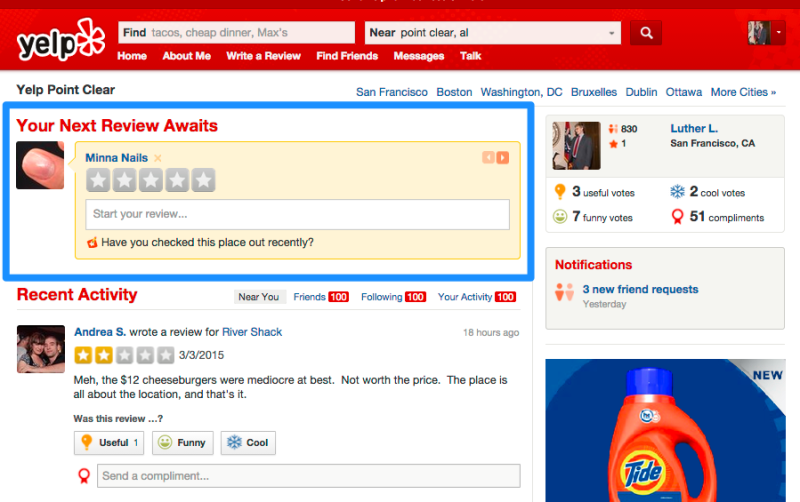
 In the next few weeks, you are likely to lose at least a couple likes on your Facebook Page. It isn’t a sign people are losing interest in your brand however. Facebook has just announced they will stop including likes from memorialized and voluntarily deactivated accounts in the totals for likes on Pages.
In the next few weeks, you are likely to lose at least a couple likes on your Facebook Page. It isn’t a sign people are losing interest in your brand however. Facebook has just announced they will stop including likes from memorialized and voluntarily deactivated accounts in the totals for likes on Pages.


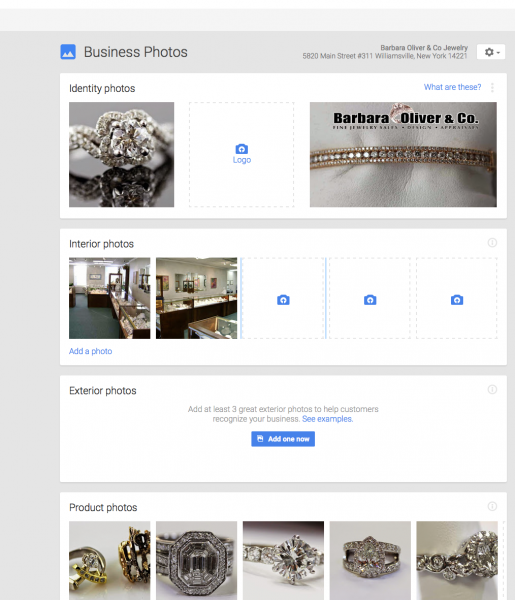
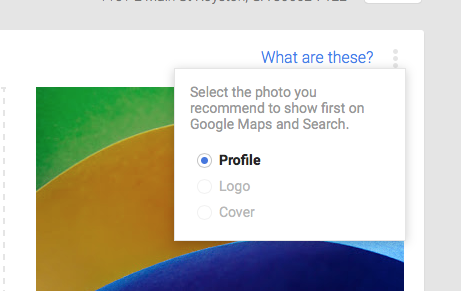
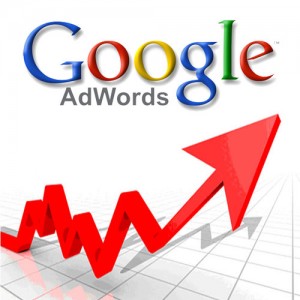 Google AdWords is one of the most powerful tools available to companies trying to get their ads seen online. The only problem is the service can often feel overwhelming to those who are not experienced with the tool, especially with the near constant updates.
Google AdWords is one of the most powerful tools available to companies trying to get their ads seen online. The only problem is the service can often feel overwhelming to those who are not experienced with the tool, especially with the near constant updates.

